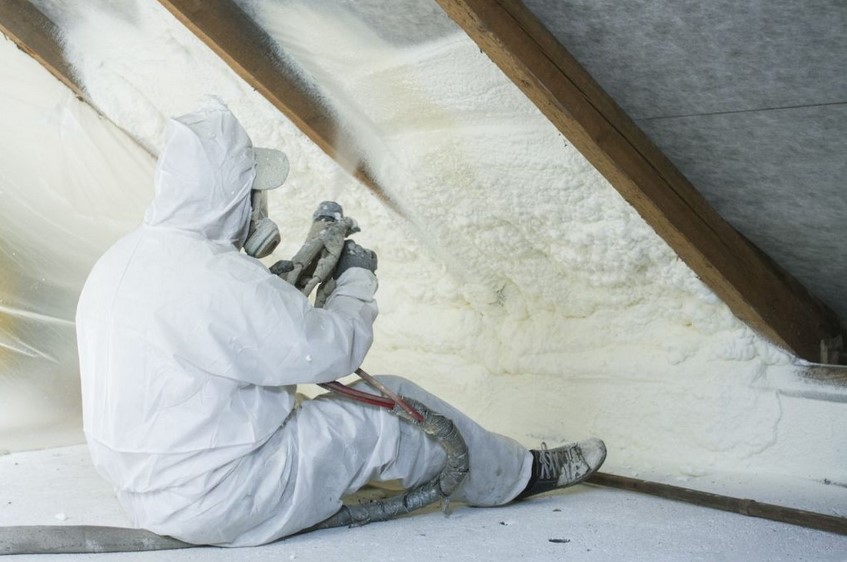
When spray foam insulation arrived as an alternative to conventional house insulation, many were skeptical of its potential. Today, spray foam is a popular choice among homeowners and contractors alike because it effectively solves air sealing and moisture infiltration problems. This foam can fill any cavity and has a minimal upkeep need because it does not promote mold formation.
Liquid polyurethane is the base ingredient of spray insulation. It has a high R-value compared to other types of insulation (R-value measures heat resistance or insulating ability). Not all contractors are qualified to install this insulation, so do some research before hiring. Here are the two types of spray foam insulation available for use in your home.
Open-Cell Insulation
Open-cell spray insulation contains tiny bubbles, which means there are small gaps in the foam. These little gaps offer no resistance and create a poor air seal. A popular provider of spray insulation in Pittsburgh states that open-cell is best if your primary concern is sound dampening or if you need the flexibility to run wires through the insulation. Moisture can permeate open-cell foam, so only use it on interior spaces above ground level. Open-cell is inexpensive compared to closed-cell insulation.
Closed-Cell Insulation
Closed-cell spray foam insulation is tightly packed and has fewer bubbles than open-cell, creating an effective air barrier. Closed-cell foam expands to about one inch and features the highest R-value of any insulation. Closed-cell is much more rigid than open-cell insulation and is a good option if your primary concern is temperature control. Moisture cannot permeate closed-cell foam.
If you are looking for an effective way to stop air leaks and moisture from entering your home, spray insulation is one option. Spray foam insulates your home and provides superior temperature control. While the cost of spray insulation is relatively high, it is less expensive than buying additional materials to plug the cracks in a foundation or building envelope.
